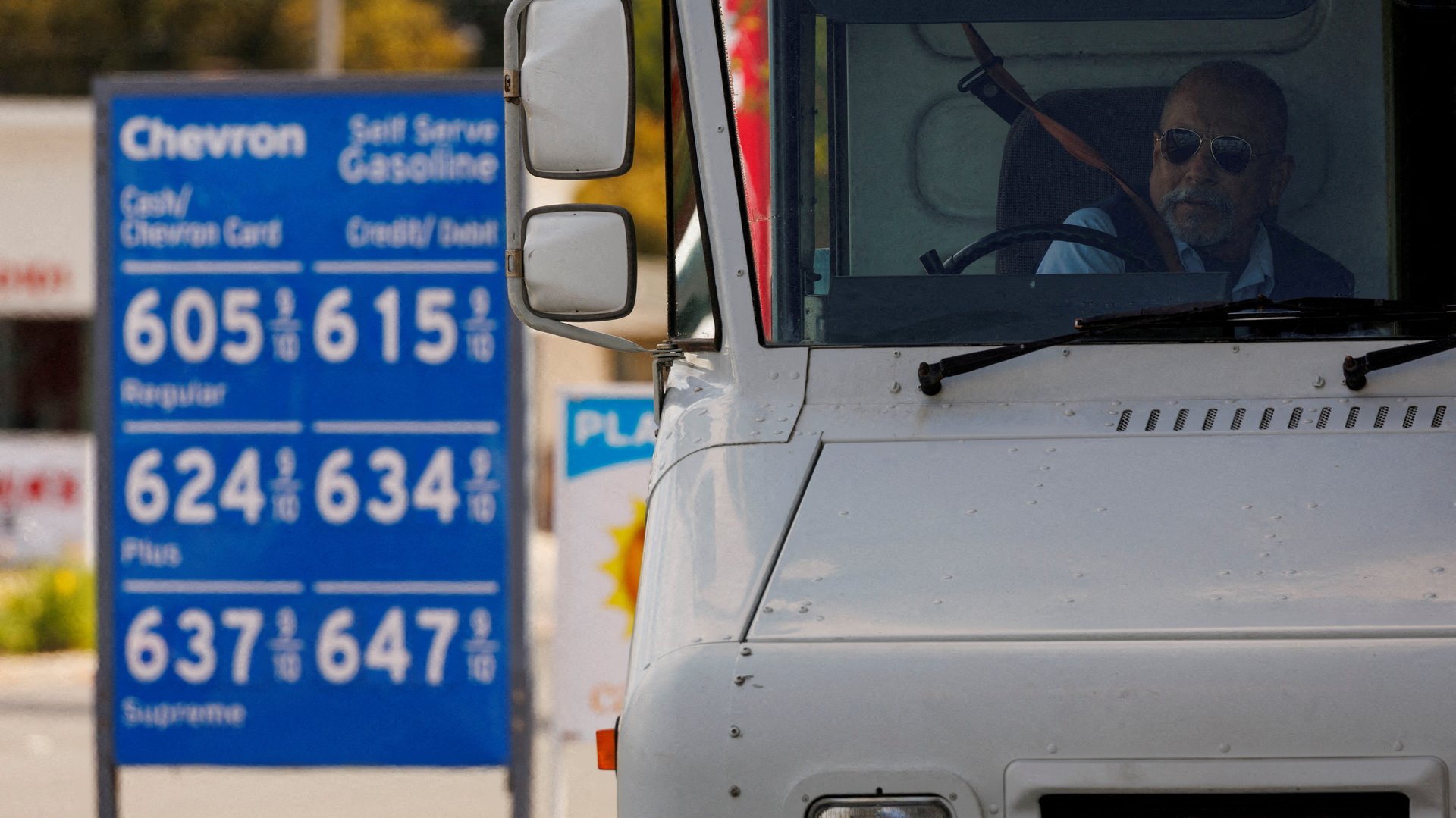Which US states have the highest gas prices?
Gasoline prices are rising to record heights across the US, thanks to supply disruptions brought on by the pandemic and Russia’s invasion of Ukraine. There are no good alternatives to Russian oil, and the Biden administration’s attempts to bring down prices by releasing oil from the US strategic reserve or boosting the ethonol content of gasoline have had little effect.


Gasoline prices are rising to record heights across the US, thanks to supply disruptions brought on by the pandemic and Russia’s invasion of Ukraine. There are no good alternatives to Russian oil, and the Biden administration’s attempts to bring down prices by releasing oil from the US strategic reserve or boosting the ethonol content of gasoline have had little effect.
Average US gasoline prices have been setting new records nearly every day since March, when fuel prices crossed their previous high-water mark of $4.11 set in 2008. US gas prices reached $4.60 per gallon on May 24, according to data from AAA.
But the pain at the pump isn’t distributed evenly across the country: Fuel costs in California, the state with the most expensive gas ($6.07 per gallon of regular), are roughly 50% higher than in Oklahoma, the state with the cheapest gas ($4.04 per gallon of regular). In general, prices are higher along the US West Coast and in the Northeast.
Why is gas so expensive in California?
California has by far the most expensive gasoline in the country for three reasons.
First, the state has the second highest gas taxes in the US. California charges an extra 51 cents for every gallon of gasoline. Higher gas taxes are loosely correlated with higher pump prices, although there are plenty of examples that break the mold. (Alaska, for instance, charges the lowest gas tax—8 cents per gallon—but has the fifth highest gas prices.)
California also has strict environmental regulations designed to reduce the carbon emissions and air pollution generated by gasoline. As a result, gas stations have to sell a special reformulated blend of fuel that is more expensive to produce. Taken together, these environmental regulations add another 76 cents per gallon to the price of gas.
Plus, California is a so-called “fuel island,” which means there are no interstate fuel pipelines bringing gasoline into the state from petroleum refining hubs on the Gulf Coast. Instead, California produces about 30% of its own gasoline and imports the rest on trucks and ships, raising the price of transportation. Generally, the farther a gas station is from a refinery or fuel pipeline, the more it will charge to offset transportation costs.
Although California is an extreme case, the same factors that drive up California’s gasoline prices also help explain price differences across the rest of the US. People living in states with higher gas taxes, more stringent environmental regulations, and fewer refineries or fuel pipelines will generally have to pay more at the pump.